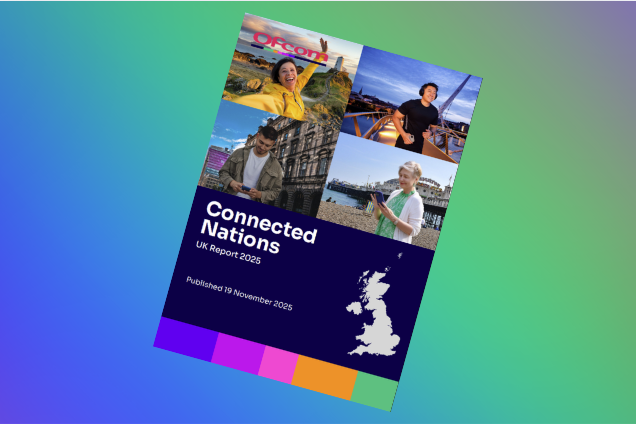30 June 2025: Since 2020, Building Digital UK (BDUK) and the Mobile Network Operators (MNOs) have been working to upgrade mobile connectivity for rural communities in every corner of the UK, as part of the Shared Rural Network (SRN).
The SRN programme has achieved its overarching target a year ahead of schedule, with over 95% of the UK now within range of a 4G mobile signal as a result of all MNOs delivering new infrastructure. The programme has also met its road and premises targets which were due in January 2027 and delivered more than 50 government-funded mast upgrades as part of the SRN’s Extended Area Service (EAS) project.
These significant upgrades have already delivered huge benefits for rural residents, businesses and visitors, helping close the digital divide and boost local economies. It is a great example of what can be achieved when the private and public sector collaborate on targeted investment to address the UK’s digital needs.
The programme is now focusing on addressing the connectivity challenges in more hard-to-reach areas of Great Britain that are total not-spots – i.e. areas with no mobile signal from any operator. We have spent time engaging with local communities and interest groups, especially in Scotland, to understand how best to maximise the benefits of future mobile upgrades.
As a result of these important conversations, the Government and the operators have agreed to prioritise new mobile infrastructure for areas where it will have the biggest positive impact, primarily where people live, work, or travel, including walking and hiking routes. This includes parts of the West Highland Way and Munros Ben Lawers and Ben Vorlich where there is no 4G signal at all, yet walkers and tourists regularly need it – especially in emergency situations.
Under the revised plans, while fewer new masts are planned across rural Scotland, those that are built will provide new mobile coverage to areas such as Glen Coe, the Loch Lomond and The Trossachs National Park, Wester Ross, and several islands including the Isle of Mull, South Uist and Skye.
The MNOs are committed to working closely with local communities and will continue to ensure the new masts go through the proper planning processes and are considerate to areas of natural beauty, as well as local history and ecology. Once built, all publicly funded masts are shared by operators to minimise impact on the environment.
An updated map of planned masts is available here.


